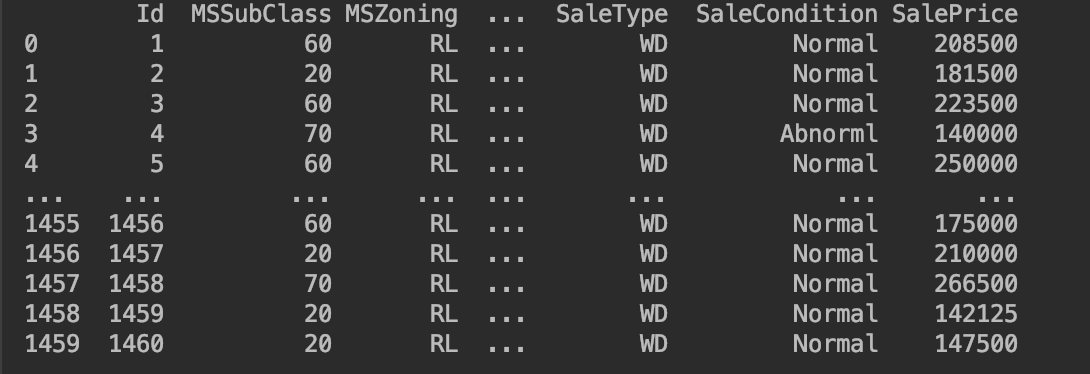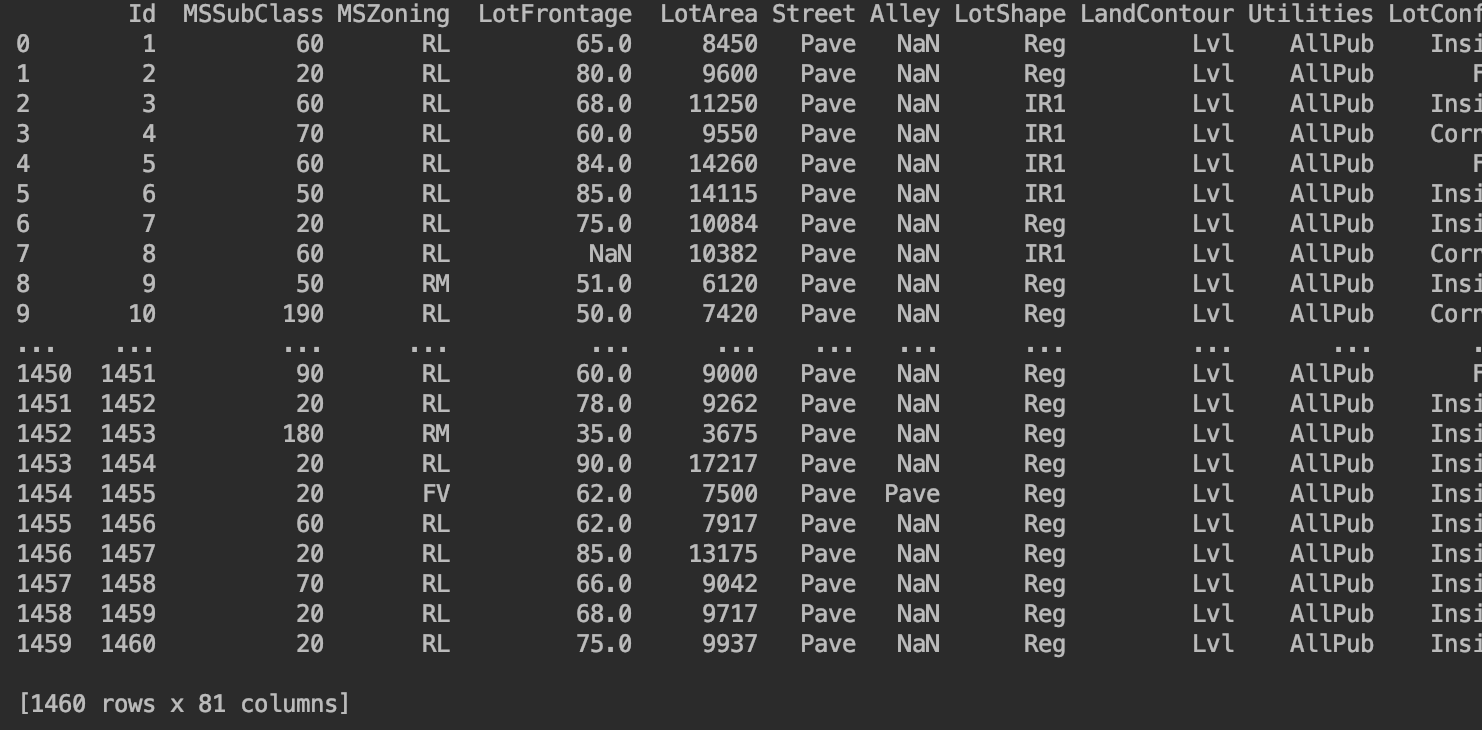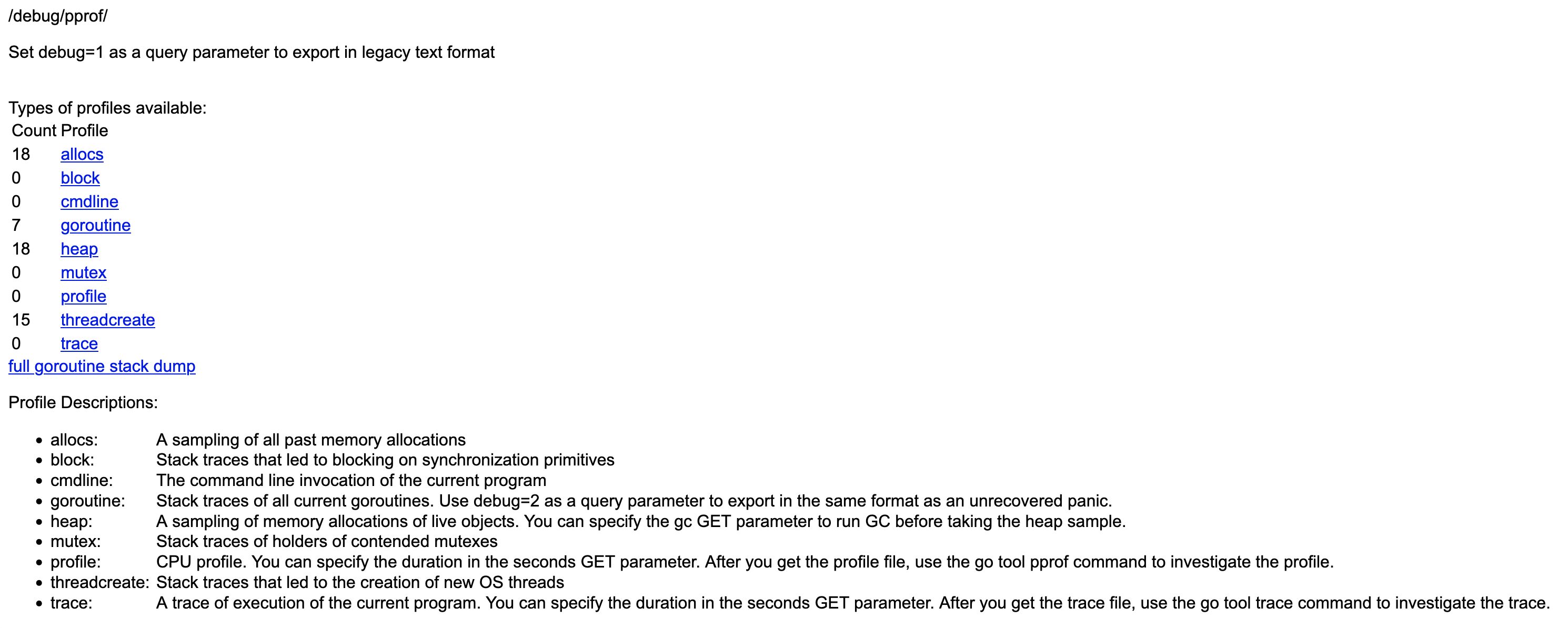奇异值分解(Singular Value Decompositon,SVD),可以实现用小得多的数据集来表示原始数据集。
优点:简化数据,取出噪声,提高算法的结果
缺点:数据的转换可能难以理解
适用数据类型:数值型数据
SVD最早的应用之一是信息检索,我们称利用SVD的方法为隐形语义索引(LSI)或者隐形语义分析(LSA)。
在LSI中,一个矩阵是有文档和词语组成的。当我们在该矩阵上应用SVD的时候,就会构建出多个奇异值。这些奇异值代表了文档中的概念或者主题,这一特点可以用于更高效的文档检索。
SVD的另一个应用就是推荐系统。简单版本的推荐系统能够计算项或者人之间的相似度。更先进的方法则先利用SVD从数据中构建一个主题空间,然后再在该空间下计算其相似度。
SVD将原始的数据集矩阵Data分解成三个矩阵  、
、 和
和  。
。
如果数据集矩阵Data是M×N的,那么  是M×M的、
是M×M的、 是M×N的、
是M×N的、 是N×N的。
是N×N的。

矩阵  中只有从大到小排列的对角元素。在某个奇异值的数目(r个)之后,其他的奇异值都置为0,这就意味这数据集中仅有r个重要特征,而其余特征则都是噪声或者冗余特征。
中只有从大到小排列的对角元素。在某个奇异值的数目(r个)之后,其他的奇异值都置为0,这就意味这数据集中仅有r个重要特征,而其余特征则都是噪声或者冗余特征。
利用Python实现SVD
1 | >> X=[0.3619 0.2997 0.1331 0.3296;0.1695 0.3628 0.0817 0.2826;0.1159 0.5581 0.0828 0.3718;0.1508 0.1077 0.0539 0.1274] #Matlab |








 ,输出
,输出 ,输出:为空,结果:失败
,输出:为空,结果:失败 ,输出:为空,结果:失败
,输出:为空,结果:失败 ,输出:
,输出: ,结果:错误
,结果:错误
